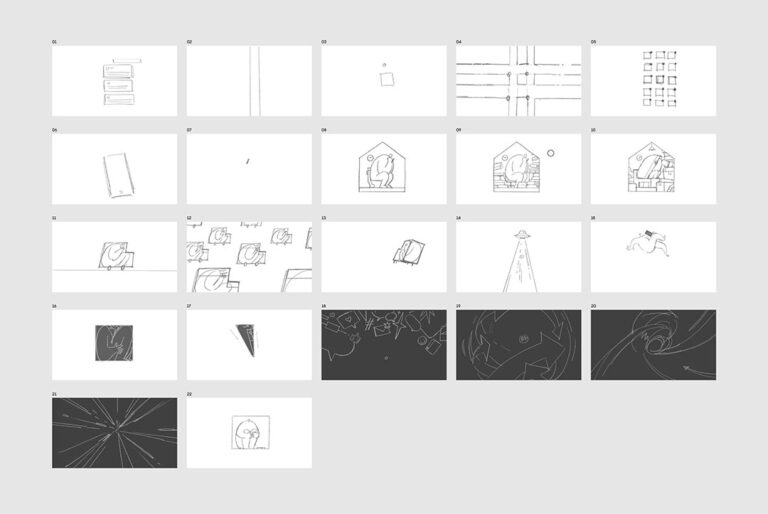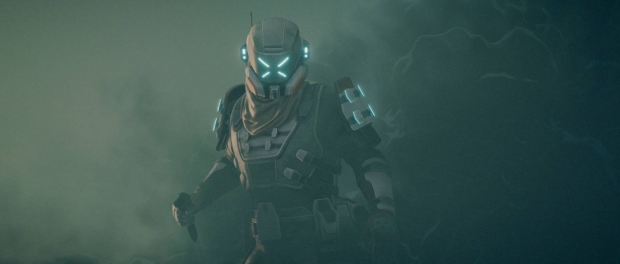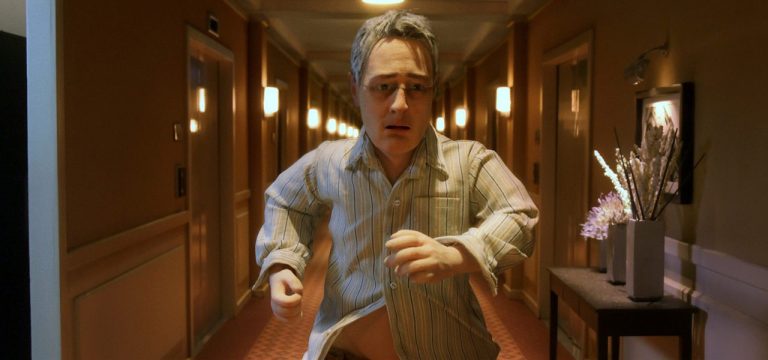Some answers have been edited for length and clarity.
I wish there was a proper market for short films. Right now, the only way to watch shorts is through film festivals or certain screening events. Consequently, still general audiences are not familiar with shorts and don’t know how and where to watch them. If there is a market or even a streaming service for shorts, it’ll be amazing for both filmmakers and the audience.
If there was one thing you could change about how animated shorts are distributed and watched, what would it be?
Reza Riahi (The Musician):
Hugo de Faucompret (Mum Is Pouring Rain):
There are so many brilliant animated short films being created around the world. The beauty of short filmmaking is it allows more and more people to let their voice be heard. With the proliferation of outlets online, our hope would be that all short-form content could be made more accessible to all, so as to inspire the future filmmakers to find and share their voice as well.
It would be really interesting if animated shorts were shown on streaming platforms like Netflix. To compensate for their short runtimes, they could be grouped into 60- to 90-minute programs, by shared theme or by release year. For example, “the best of Annecy 2021,” “the Oscar shortlist,” etc.
We would love to see animated shorts shown in cinemas alongside feature films, as used to happen years ago. Nowadays, you just get really cheesy ads and glossy trailers for upcoming films, but it would be fantastic to see really inventive short animated films in cinemas. Also, imagine if the government were commissioning great animators to make very short Covid public-information films persuading people to act responsibly, wear masks, etc, like the brilliantly inventive ads made by Len Lye for the GPO in the 1930s and 1940s. It would de-ghettoize short animated films and make them available to cinema audiences, who would hopefully remember them as vividly as they appear to do with commercials on tv.
The first piece, about crafting a story for a short film, can be read here. The second piece, about developing the visual language of the film, is here.
Simone Giampaolo (Only a Child):
Anton Dyakov (Boxballet):
Joanna Quinn and Les Mills (Affairs of the Art):
I wish that one day, for as long as feature-length animation is in cinemas, we could also have a selection of short animation shown. There are so many incredible short animated films that go unseen with beautiful images, stories, and sound. They also deserve to be seen on large screens alongside features in cinemas! So many animation filmmakers continue doing short animated films because they love this format of storytelling, not because they are aiming to do a feature later. Short or long animation films have only one major difference, the length; they both tell stories that can challenge and delight audiences in so many ways.
I would like there to be an approach where content that is usually considered “not very commercial” can have a place in global distribution. I would love for more reflective or poetic content to be more valued, and for there to be a desire to distribute, watch, or consume content that contributes to changes in society. I think we are used to being shown stories that respond to the classic structures, and when works outside those canons appear, they are often considered as “mistakes.”
This year, 15 animated shorts — not the usual ten — have been shortlisted for an Oscar.
Claude Cloutier (Bad Seeds):
Sandra Desmazières (Flowing Home):
Zacharias Kunuk (Angakusajaujuq: The Shaman’s Apprentice):
Everything is online now, so it is easy to share our films with people around the world. But our first audience lives in the Canadian Arctic, where the internet is so slow and expensive you can’t really watch things online. We have to find different ways, like showing them on our local television channel, and projectors in community halls or in the schools.
Erick Oh (Namoo):
Bastien Dubois (Souvenir Souvenir):
Weijia Ma (Step Into the River):
Alberto Mielgo (The Windshield Wiper):
My “one thing” would be to make such animation more broadly accessible. Festivals tend to reach just the festival crowd, at the cost of reaching regular viewers who aren’t in the know. It’s not enough just to screen collections of shorts in theaters or online — there is a lot more that needs to be done to raise awareness. Independent animated shorts are packed with new ideas and at the forefront of cinematic language. This ultimately enriches mainstream cinema as well, meaning that everyone can benefit from elevating their profile.
First, to allow short films to be seen by the widest audience possible! Let’s put them back in theaters, before the feature, as they used to be! One short before each feature (animation or live) and less brain-washing ads. Secondly, to make short films more accessible to the public, children and grown-ups alike, starting with animation festivals worldwide. It shouldn’t be just niche or fans events. And one last thing to the producers, broadcasters, distributors: stand together with your authors to help them making great things, and to promote their work. Cute cat videos on Youtube shouldn’t do more views than all these great shorts which are for the most part lost in the grid.
Mikey Please (Robin Robin):
Here is our third question:
They should be shown in theaters. We draw all these minute details in a small format, but we imagine our films on a big screen. The sound design, the music, the mixing are all done so the final product can be shown in a darkened room, with those warm acoustics — not viewed on a phone or a computer with notifications popping up on the screen. Outside of festivals, there are few opportunities to see shorts in a theater, and watching them in a room is completely different feeling.
Zach Parrish (Us Again):
It’s certainly true that short films don’t yet have the platform or cultural place the beautiful art form deserves, though there are hopeful signs with the curation of some streaming platforms. With anthology collections like [Netflix’s] Love, Death & Robots and The House, audiences are getting better exposed to the joys of the short-form medium. But what I would love to see is an anthology of independent films that have grown directly from artists and have emerged through the festival circuit. Having watched countless shorts at fantastic festivals, it can be disillusioning to see these diamonds of artistry and storytelling go relatively unnoticed. I would love to see a fantastically curated high-profile shorts anthology series across every streamer and on prime-time BBC1. Every night.
I’d like everyone to have made an animated short in their life so they can understand the work and sacrifices involved! To answer your question more seriously: more distribution channels. In cinemas before features, on mainstream platforms, more slots in network schedules. More attention from the media, more money, more awareness training regarding cinema — different forms of cinema for future audiences. More everything.
It’s hard to say. I think animation has plenty different kinds. Some are more narrative pieces, which would be better played in the cinema. Some are more experimental and require specific screening spaces. Maybe just don’t limit our expectations for it, and always be open for new possibilities.
As we await the nominees on February 8, we asked three questions to all the directors, to learn more about how they made their film and how they view the landscape for shorts today. We are publishing their answers across three features, of which this is the third.
Hugo Covarrubias (Bestia):






